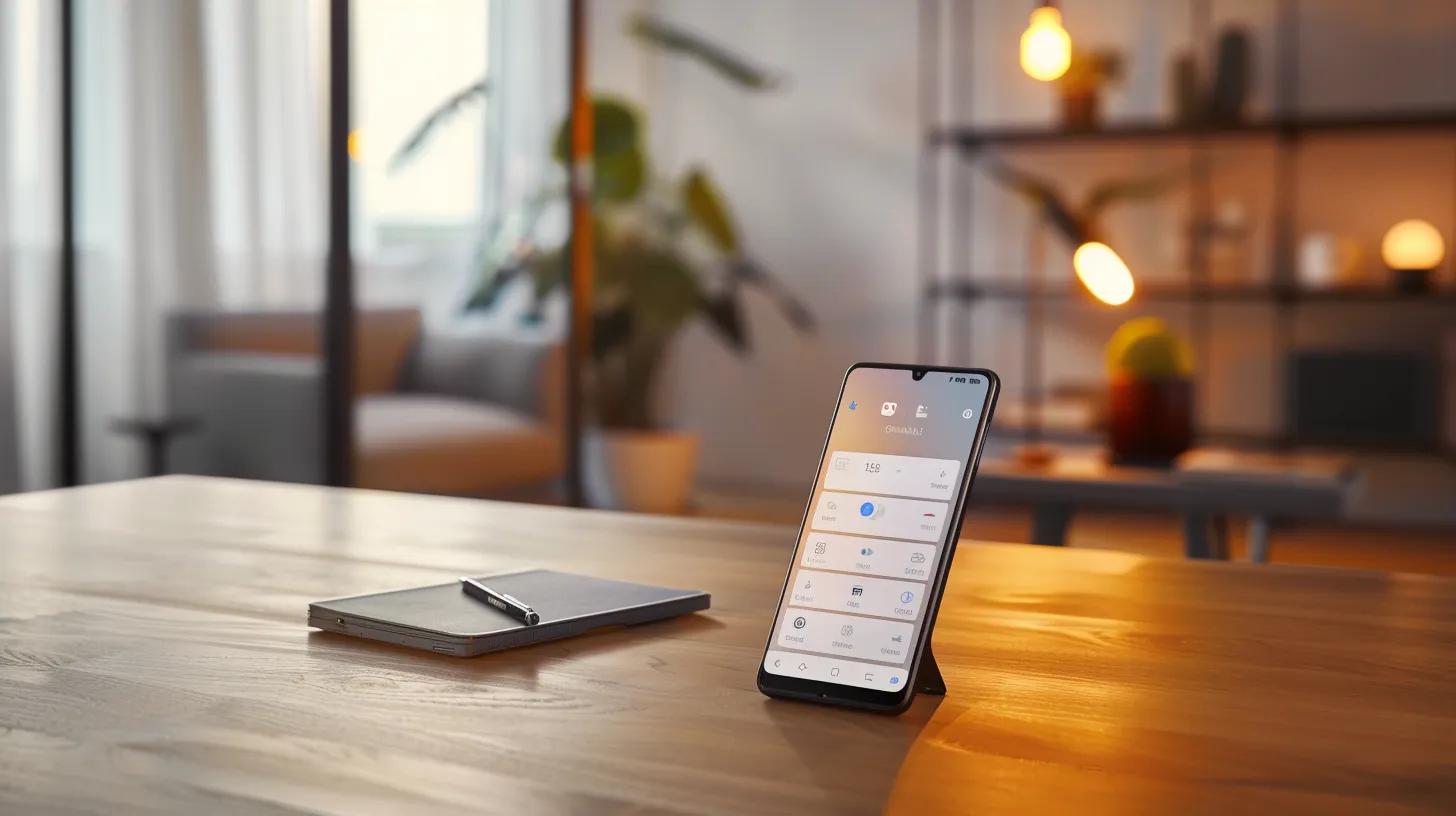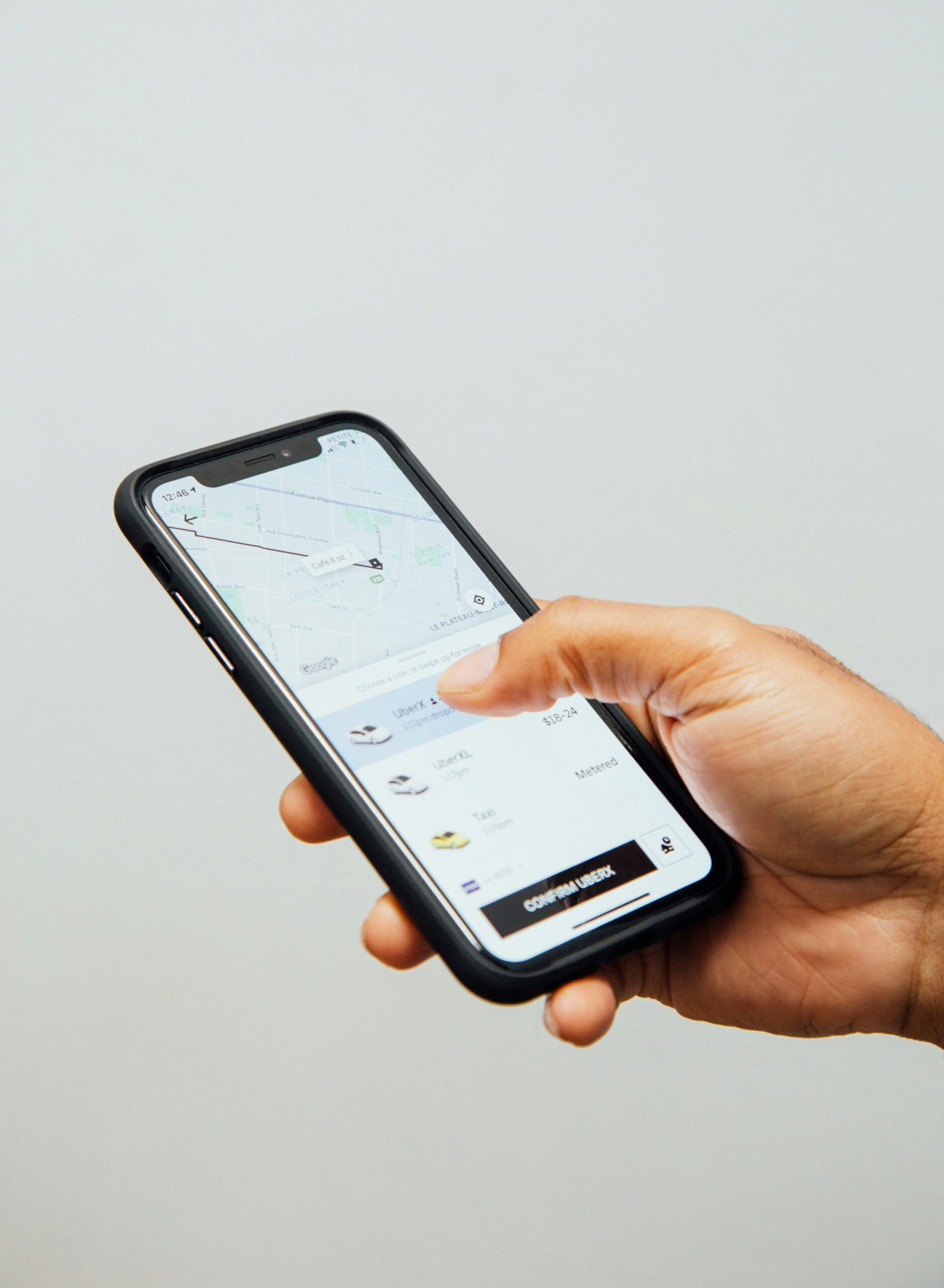Why do some mobile apps succeed while others fail? The answer often lies in user experience (UX) design. This article explores how effective UX impacts mobile application user satisfaction, retention, and revenue. We’ll examine key factors influencing mobile app UX, strategies for optimization, and ways to measure success. By understanding these elements, you’ll learn how to create apps that users love and keep returning to.
Key Takeaways
- Mobile app UX significantly impacts user satisfaction, retention, and revenue potential
- User-centric design and understanding user needs are crucial for effective mobile app development
- Performance optimization and accessibility features enhance the overall user experience
- Data analytics and A/B testing help improve mobile app design and functionality
- Emerging technologies like AI and AR are shaping the future of mobile app UX
Understanding Mobile App UX and Its Role in Success

Mobile app UX plays a crucial role in determining an app’s success. It encompasses the overall customer experience, including the system’s usability, design, and functionality. A well-crafted UX strategy can significantly impact user satisfaction and engagement.
Effective UX design reduces cognitive load, making the app intuitive and easy to navigate. This enhances user retention and increases the likelihood of positive reviews. A streamlined UX also supports efficient advertising within the app, improving monetization potential.
Successful mobile app UX considers user needs, preferences, and behaviors. It integrates seamlessly with the app’s core features and supports the overall business strategy. The following table illustrates key components of effective mobile app UX:
Key Factors Influencing Mobile App User Experience

Several key factors shape mobile app user experience, including user-centric design, understanding user needs, streamlined navigation, performance optimization, and accessibility. These elements influence efficiency and aesthetics in mobile app development for iOS and other platforms. By focusing on these aspects, developers can create apps that meet user expectations and deliver value.
Incorporating User-Centric Design Approaches
User-centric design approaches prioritize the needs and preferences of app users. Developers conduct research to understand user behavior and expectations, which informs the design process. This approach includes creating intuitive navigation systems, such as the hamburger menu, and selecting appropriate color schemes. User feedback from app store reviews also plays a crucial role in refining the ux app mobile experience. The following table illustrates key elements of user-centric design:
Identifying User Needs and Preferences
Identifying user needs and preferences forms the foundation of effective mobile app user experience design. Web design professionals analyze user behavior within the app ecosystem to create intuitive navigation systems that align with the brand. This process involves gathering data on user interactions, conducting surveys, and studying app store reviews to understand how users engage with the app’s features and interface. By prioritizing user experience design, developers can create a mobile app that meets user expectations and supports the overall business strategy.
Streamlining Navigation for Enhanced Usability
Streamlining navigation enhances usability in mobile apps. Developers optimize menus and user flows, considering the evolving technology landscape and social media trends. Personalization techniques, such as adapting interfaces based on user behavior, improve navigation efficiency. Clear symbols and intuitive layouts guide users through the app, reducing confusion and enhancing the overall experience.
Designing for Performance and Speed
Designing for performance and speed is crucial for mobile app UX. User research informs developers about the importance of fast loading times and smooth interactions. Optimizing images, choosing appropriate typefaces, and implementing efficient coding practices contribute to improved app performance. Developers also consider factors such as Google Play requirements and tab navigation to ensure a seamless user experience. Key elements for enhancing performance and speed include:
- Minimizing HTTP requests
- Compressing assets
- Implementing caching strategies
- Optimizing database queries
- Using content delivery networks (CDNs)
Ensuring Accessibility for All Users
Mobile app designers prioritize accessibility to ensure their products cater to all users, including those with disabilities. This approach expands the target audience and enhances the overall user experience. Designers create inclusive apps that accommodate diverse needs by implementing text-to-speech, adjustable font sizes, and color contrast options. These accessibility features not only benefit users with disabilities but also improve usability for the general customer base, contributing to increased user satisfaction and potentially boosting marketing efforts through positive word-of-mouth.
The Impact of Mobile App UX on User Retention

Mobile app UX significantly impacts user retention through consistent interfaces, user feedback, engagement lifecycle analysis, and behavior tracking. Understanding these elements helps developers create apps that keep users engaged. Designers can build trust and improve the overall user experience by focusing on hierarchy, animation, and language. This approach leads to continuous improvement and long-term success.
Building Trust Through Consistent Interfaces
Consistent interfaces in mobile apps foster trust and reduce user frustration. By maintaining a uniform design across screens and functions, developers enhance usability and create a seamless experience. This consistency extends to mobile web interactions, ensuring users can navigate the app intuitively without constantly relearning interfaces. Familiar elements, such as password input fields and internet connectivity indicators, further improve the overall user experience and retention rates.
Utilizing Feedback to Improve User Experience
Developers utilize user feedback to enhance mobile app UX and boost retention. Session replay tools provide insights into user behavior, while emotion analysis helps understand user sentiment. Material design principles guide intuitive interfaces, and knowledge gained from user feedback informs iterative improvements. Adobe XD and similar tools enable rapid prototyping and testing of design changes based on user input. This feedback loop ensures continuous refinement of the app experience:
- Collect user feedback through in-app surveys and reviews
- Analyze user behavior with session replay tools
- Apply material design principles to enhance usability
- Use Adobe XD for rapid prototyping and testing
- Implement iterative improvements based on user insights
Understanding the Lifecycle of User Engagement
Understanding the lifecycle of user engagement is crucial for optimizing mobile app UX and boosting retention. Developers analyze user behavior from initial download to long-term usage, identifying key touchpoints where the app can deliver value. This process involves mapping out user goals, implementing minimalist design principles, and fostering a productivity-focused mindset. By aligning the app’s features with users’ evolving needs throughout their journey, developers can create a more engaging and rewarding experience that encourages continued use.
Analyzing User Behavior for Continuous Improvement
Analyzing user behavior is essential for continuously improving mobile app UX and user retention. Developers use data from various operating systems to understand how users interact with menus, features, and overall user experience. This analysis informs prototype iterations and ensures data security measures align with user expectations. By studying user interactions, developers can identify pain points, optimize workflows, and enhance the app’s functionality to serve user needs better:
Strategies for Optimizing Mobile App UX

Optimizing mobile app UX involves key strategies to reduce friction and enhance user engagement on mobile devices. These include implementing a mobile-first design philosophy, leveraging data and behavioral analytics for insights, prioritizing visual hierarchy, and enhancing interactive elements. By focusing on these areas, developers can create apps that provide valuable feedback and effectively meet user needs.
Implementing a Mobile-First Design Philosophy
Implementing a mobile-first design philosophy is crucial for optimizing mobile app UX. This approach prioritizes designing for smaller screens before adapting to larger devices, ensuring a seamless experience across platforms, including Android. UX design applications for mobile consider factors such as logo placement, adherence to web content accessibility guidelines, and the use of appropriate tools to create intuitive interfaces. By focusing on mobile-first design, developers can create apps that meet user needs effectively and provide a strong foundation for cross-platform success.
Leveraging Data Analytics for Insights
Data analytics provides valuable insights for optimizing mobile app UX design. By analyzing user behavior and typing patterns, developers can identify areas for improvement in the app’s finance features and overall usability. This data-driven approach helps create more intuitive interfaces that align with users’ expectations and memory patterns, ultimately enhancing the user experience and increasing engagement.
Prioritizing Visual Hierarchy in Design
Visual hierarchy in mobile app design prioritizes information and interactivity, guiding users through the interface. Designers use pixel-perfect layouts to create a clear structure, highlighting key features and encouraging active user engagement. By organizing content based on importance, apps can build a sense of community and improve the overall user experience for their active users.
Enhancing Interactive Elements for User Engagement
Enhancing interactive elements is crucial for optimizing mobile user experience and driving engagement. Software developers focus on creating intuitive interfaces that respond to consumer needs, incorporating features like smooth scrolling, responsive buttons, and interactive animations. By prioritizing these elements in UX application mobile design, companies can improve user satisfaction and increase retention rates.
Measuring the Success of Mobile App UX

Measuring mobile app UX success involves tracking key metrics, employing A/B testing, and gathering user feedback. These methods help optimize the user interface, improve visual hierarchy, and enhance accessibility for touchscreen devices. By analyzing user behavior and preferences, developers can make data-driven decisions to refine the app’s design and functionality, ensuring a better experience for users’ thumbs on mobile screens.
Key Metrics to Monitor User Experience
Monitoring key metrics is essential for evaluating mobile app UX success. User engagement can be assessed through gesture tracking, analyzing how users interact with the navigation bar, and measuring churn rates. Typography choices impact readability and user satisfaction, influencing overall app performance. By closely monitoring these metrics, developers can identify areas for improvement and optimize the mobile app experience.
Employing a/B Testing for Optimal Design Decisions
A/B testing is a valuable method for optimizing mobile app design decisions. This approach involves comparing two versions of a page layout or workflow to determine which performs better. Developers create different touchpoints within the app and measure user responses through usability testing. By analyzing metrics such as engagement rates and conversion rates, designers can make data-driven decisions to improve mobile design elements:
- Test different button placements
- Compare color schemes
- Evaluate navigation options
- Assess content layouts
- Analyze user interactions with various features
Gathering User Feedback for Iterative Improvements
Companies gather user feedback to make iterative improvements in their mobile app UX. This process involves collecting insights through various channels, including in-app surveys, user reviews, and usability testing sessions. By analyzing this feedback, developers can identify pain points in the app’s content marketing, smartphone compatibility, and onboarding process. These insights guide editing decisions, allowing the company to refine the user experience continuously and ensure the app meets evolving user needs.
Future Trends in Mobile App UX

Future trends in mobile app UX focus on emerging technologies, changing user expectations, and next-generation experiences. Software development will adapt to incorporate advanced features like AI and voice interfaces. Customer satisfaction will drive innovations in icon design and personalization. End users can expect more intuitive, context-aware apps that anticipate their needs and preferences.
Exploring Emerging Technologies in UX Design
Emerging technologies are reshaping mobile app UX design. Artificial intelligence and machine learning enable personalized experiences, adapting interfaces based on user behavior. Augmented reality features enhance user engagement, offering immersive interactions within apps. Voice interfaces and natural language processing improve accessibility, allowing users to interact with apps more intuitively. These advancements create more responsive, context-aware applications that anticipate user needs and preferences.
Anticipating Changes in User Expectations
User expectations for mobile app UX continue to evolve. Users now demand personalized experiences, faster load times, and seamless integration across devices. Apps must adapt to changing preferences, offering intuitive interfaces that anticipate user needs. Developers focus on creating apps that provide value quickly, with minimal learning curves. The following table illustrates key user expectations for future mobile app UX:
Preparing for the Next Generation of Mobile Experiences
Mobile app developers are gearing up for the next generation of experiences by focusing on seamless integration with wearable devices, Internet of Things (IoT) ecosystems, and advanced biometric authentication methods. These innovations aim to create more personalized and context-aware applications that adapt to users’ lifestyles and preferences. As 5G technology becomes widespread, apps will leverage increased bandwidth and lower latency to offer more immersive experiences, such as augmented reality features and real-time collaboration tools.
Conclusion
Mobile app UX significantly impacts user satisfaction, retention, and revenue generation. Effective UX design prioritizes user-centric approaches, streamlined navigation, performance optimization, and accessibility to create intuitive and engaging experiences. Measuring success through key metrics, A/B testing, and user feedback enables continuous improvement and adaptation to evolving user expectations. As emerging technologies reshape mobile experiences, developers must stay ahead of trends to create innovative, personalized apps that meet users’ changing needs and preferences.
